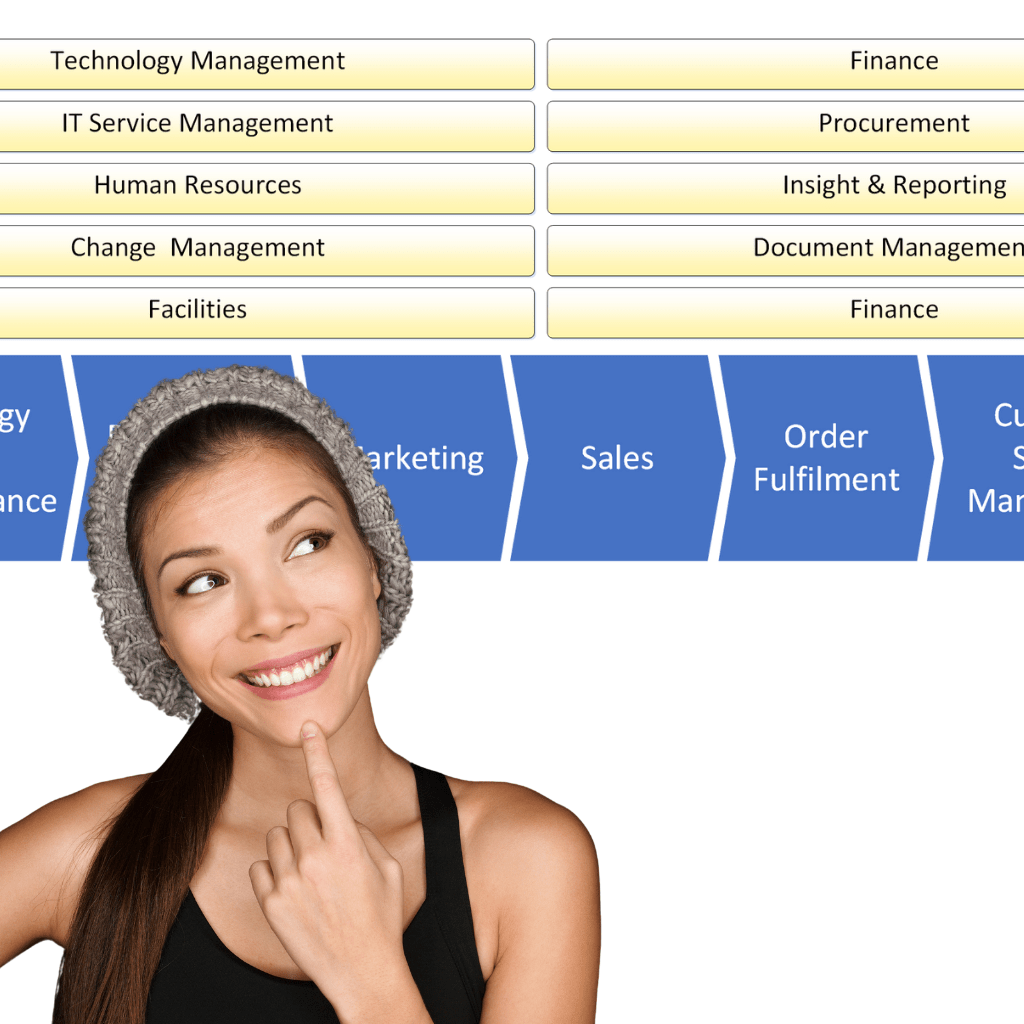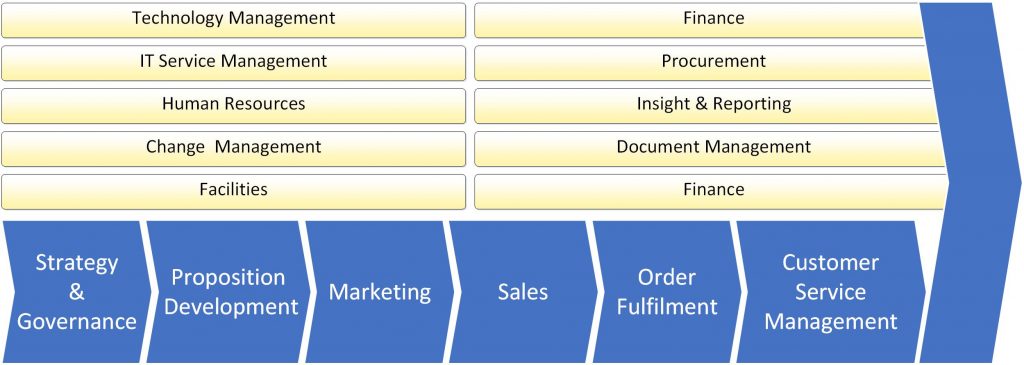Value chain vs Value Stream

Value chains and value streams….what are they and when should we use them, and when you should’nt talk about them!
Introduction
When you get into a conversation over value chains vs value streams you know that you are about to fall into one of those never ending academic arguments. If you are at a party then stop now as you are likely not to be invited back….actually cancel that, if you argue over this then you are not usually invited to parties…so what are value chains and value streams and what use are they? Lets take a look and see how they can be of value to us!
The short answer…
A value chain is a diagram that describes the key activities an organisation does to deliver value to its customers, where a value stream is a particular viewpoint on a process that adds information to describe a particular idea or problem
Value Chain
A value chain put simply are the key activities an organisation does to deliver value to the customers. More importantly, we show these activities in two areas – the first area is depicted as chevrons that are the heart of the diagram and show those key activities we do to directly add value. These are the areas where we can develop to create a competitive advantage .

The second area are the core activities we do to support the first set of activities. For example, finance is vitally important to any organisation, but unless you are in the business of providing finance services, it is a supporting activity. Being excellent here will help support your organisation and benefit many elements of the key value generating areas, but it will rarely offer you a competitive advantage.

Bringing these two sections together, you get the value chain diagram in all its glory:

The power of this diagram is its simplicity and as such, you should not attempt to over complicate this diagram. It is a strategic level contextual diagram and as such, we should not try and use this to develop or analyse deeper processes, but it does have two very powerful benefits for us:
- It helps us to distinguish between those key activities that offer us a competitive advantage and
- It helps us create a structure for our business capability model
Michael Porter is to be thanked for the value chain and when you are creating or presenting this diagram, it is best to refer to it as the ‘Porter Value Chain’ to distinguish it from other similar diagrams and follow the body of knowledge this brings to gain the benefits of this diagram.
Value Stream
The value stream is a process level diagram that is typically logical in nature that describes one or more processes in the organisation. Unlike our previous diagram, the origins of the value stream are not well documented which means we do not have a de-facto body of knowledge to refer to, but let me describe a few areas where i have see this used to good effect. The ‘Value’ part of value stream indicates that the process should in some way add value, but to be honest, if you find a process that does not add value to someone somewhere then maybe analysing this is just as useful?
It is worth noting that for business processes, we have plenty of diagrams with broader acceptance and a body of knowledge we can call upon, with the most popular using the unified modelling language either generally or utilising specific business process modelling notation (BPMN) but we also have other more specific diagrams such as the fishbone diagram to help us analyse cause & effects or ……?others?
What the value stream brings to the party is when you need to overlay specific information either logical or physical in nature to provide a viewpoint that helps with a particular problem area. For example, when we wish to analyse several steps of a process and work out which steps take the most time, you may select an existing BPMN process diagram but overlay this with additional information that helps focus in on the key problem area we are analysing

So there you have it…..creating a value chain should be a one-off priority exercise for the enterprise architect that forms the basis of the most valuable business capability model. A solution architect can utilise value streams to supplement existing business process diagrams to create an alternate diagram that helps analyse a particular viewpoint.
And if you find you are at a party or in the pub, please, please, please avoid this discussion at all costs….just refer them to this website and speak of this no more.



